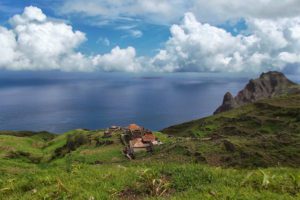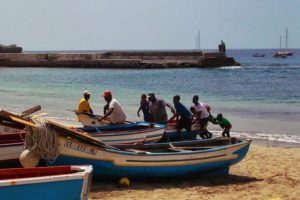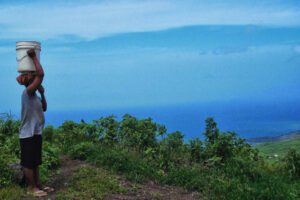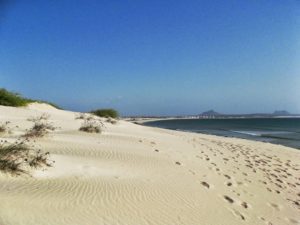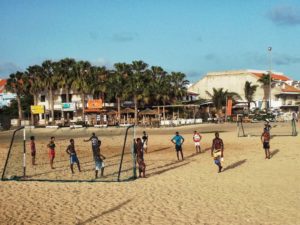The island of Sal and the beach of Santa Maria have the reputation of being super-touristy and overcrowded. While they certainly have more tourist infrastructure than other Cape Verdean islands – which tend to have close to none at all – it can be quite comfortable having some perks.
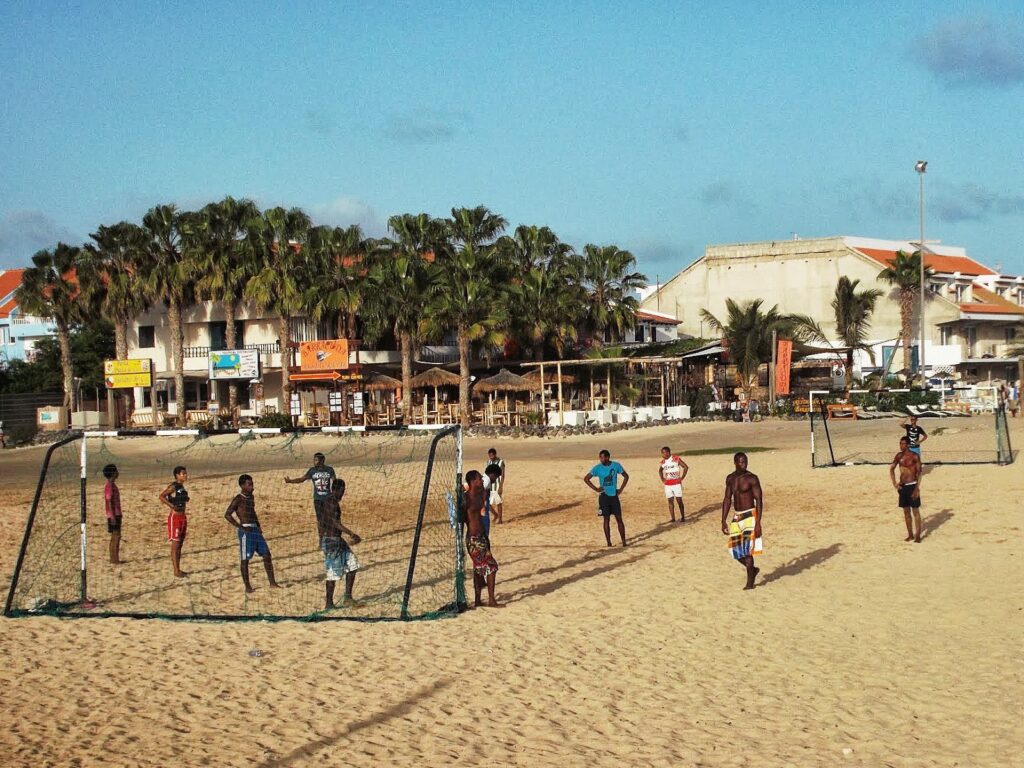
Would I spend an entire trip to Cape Verde at a hotel in Sal? No! Would I skip the island altogether? Neither – since there are some nice places to visit. And the beach is simply a dream made of sand, anyway.
Sal was supposed to be the last stop. After weeks of real Cape Verdean life, I didn’t really look forward to going there. I was told it was far too touristy and spoiled.
But no, it’s not bad at all. On the contrary.
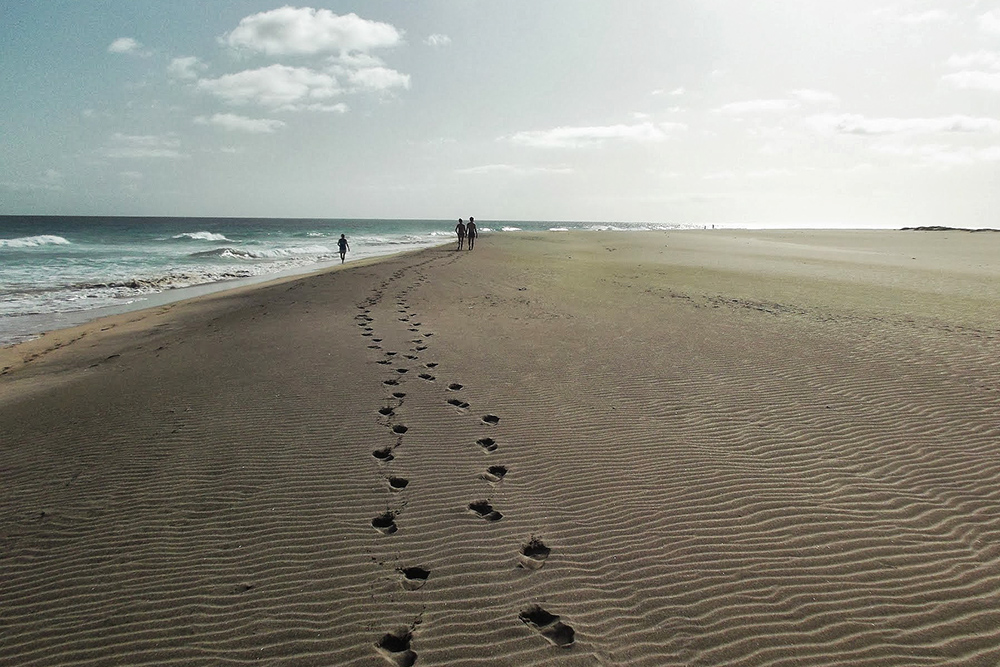
Of course, there are – just like on Boa Vista – a couple of these all-inclusive fortresses, but their guests hardly ever leave these places so the rest of the beaches remain undisturbed.
Compared to the other Cape Verdean islands, Sal is touristy, compared to other tourist destinations, it’s very moderate and relaxed.
Santa Maria
Santa Maria is the main tourist spot on Sal. The town and its surroundings are actually quite pleasant with many bars, restaurants, and shops.
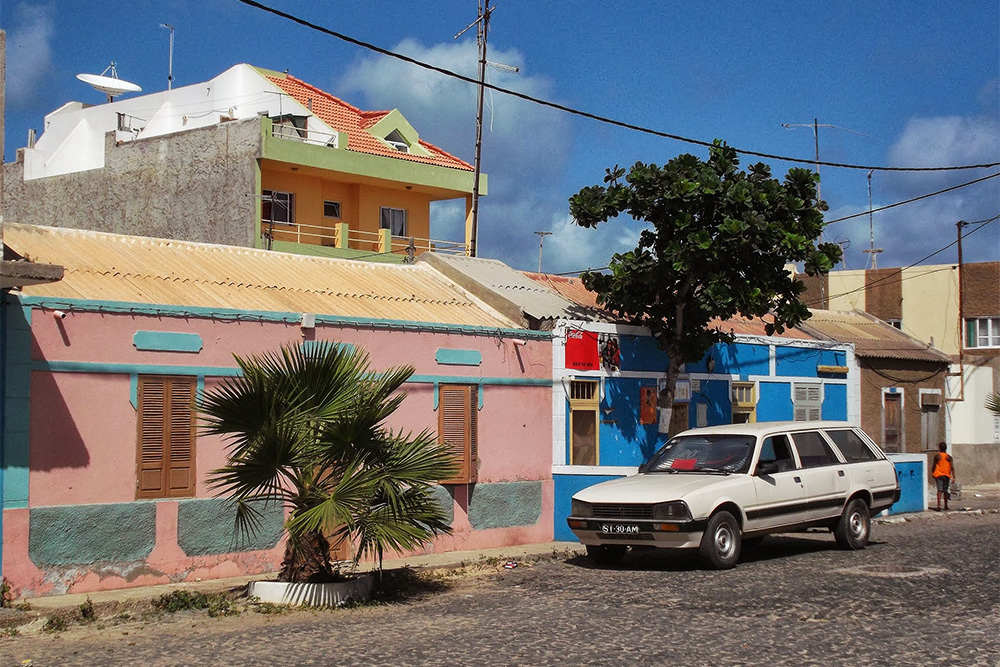
Even though there are some big hotels further down the beach and some smaller guesthouses around the center, African everyday life continues pretty much undisturbed.
Many of the hawkers and vendors come from the African mainland. Compared to Cape Verdeans, they tend to be a bit pushy and rude. They import and sell handcraft from their home countries, mostly Senegal and Mali.

Santa Maria’s strongest suit is undisputably the endless, clean beach. You can go snorkeling or windsurfing. Or you can spend lazy days reading or watching the clouds move by.

If you decide to move, you can take a local minibus and take a trip to the island’s capital Espargos. Now this place is completely untouched by tourism. Despite the international airport south of the city center.
Island Tour
Yes, the beach is glorious, the sand golden and the water cool and you don’t want to abandon it for one minute. I totally understand, however, the island of Sal is far too varied, interesting, and beautiful to get to see only Santa Maria.
So do yourself a big favor and go on a tour – organized is fine since the groups are going in jeeps, hence remain small. I assume most tourists go on tours organized by their hotels so that local operators get the smaller groups.
Stepping on the Steppe
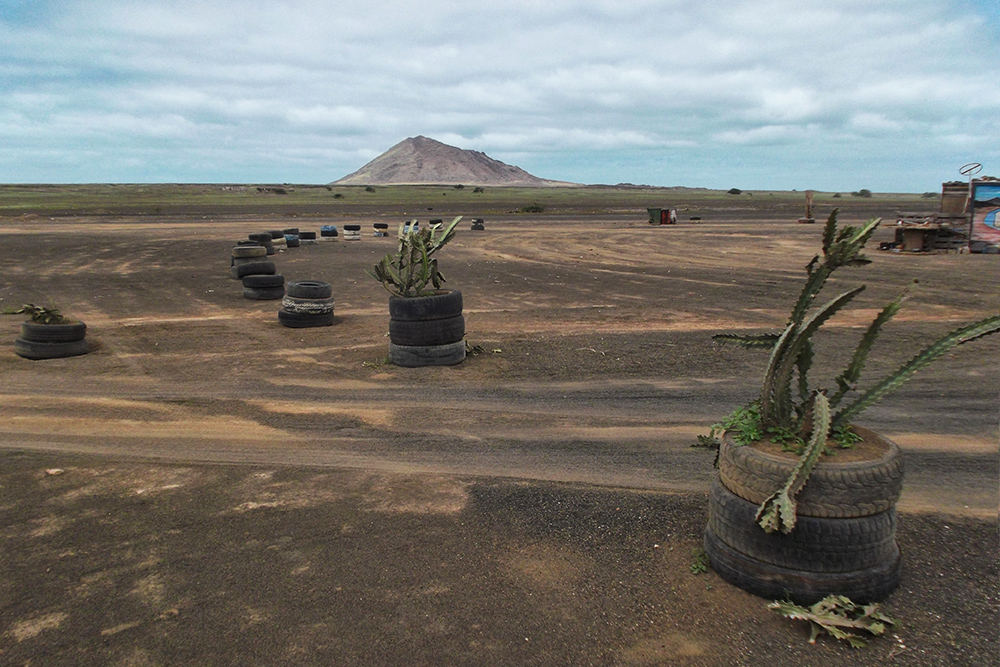
On the horizon, by the way, you can spot the Monte Curral.
A very kind, knowledgeable guide who spoke excellent English took us first to the desert region behind Espargos and from there to Terra Boa where we actually witnessed a Fata Morgana – totally fascinating.

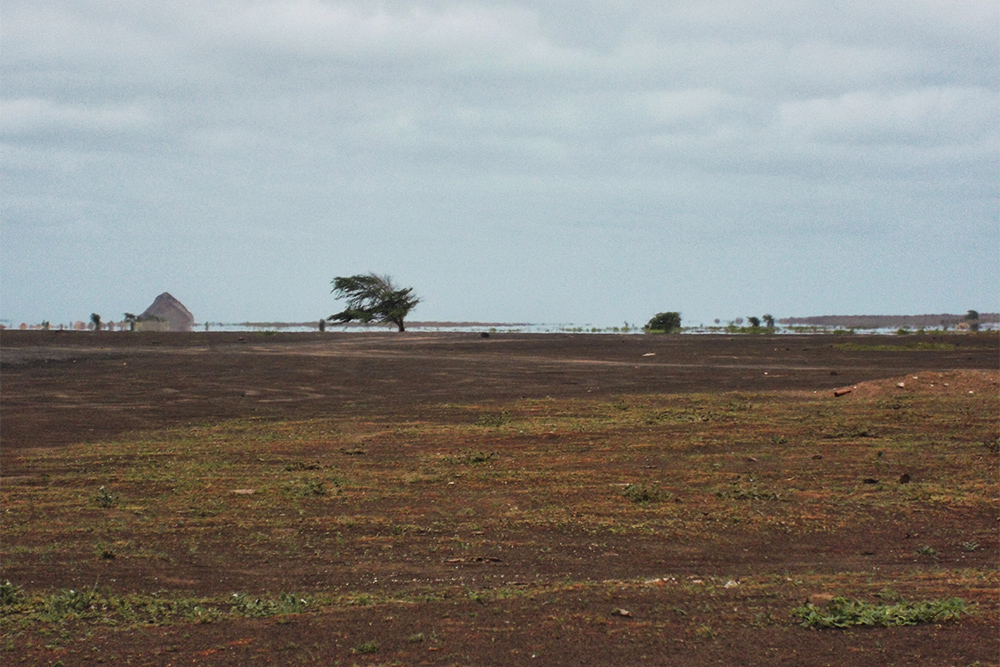
Rough Waters
The next stop is the Olho Azul – which translates to the blue eye – on the coast of Buracona. When the sun stands at a certain angle – which is around noon – the water in a small lava crater literally shines in an almost phosphorizing blue.
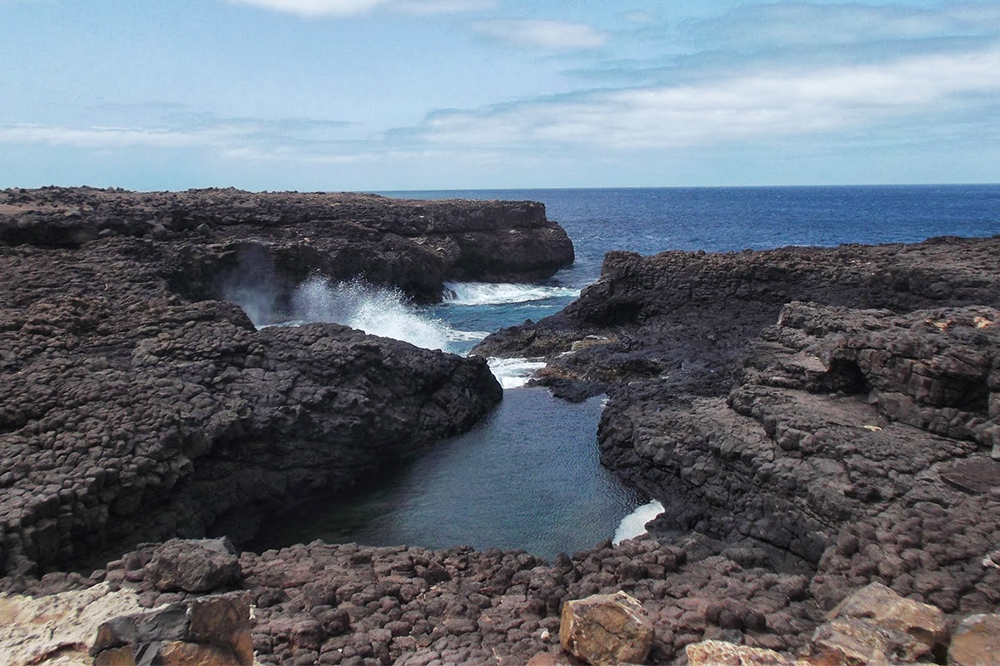
Next to it, you can take a refreshing dip in the lava pools. Our group couldn’t since the waves were so high and would have smashed us against the rough stones – ouchie!

After a stroll through the picturesque, authentic fishing town of Palmeira – however, Cape Verde’s third busiest freight port – we finished our trip at the famous highlight, the salt mine Pedra de Lume.

Salt – the Name-Giver
Pedra de Lume was founded in 1796 when the mining at the salt ponds began. Eventually, in the early 19th century, they added a tunnel to the salt ponds.
Salt production flourished until the main importer Brazil imposed a ban on the imported salt end of the 19th century.

The current production is small and mainly goes into beauty and therapeutical products and thalassotherapy. You can buy all the products on the spot, as well as pure or mixed salt for your cooking.
And – great fun! – you have the opportunity to float in designated pools. The salinity is higher than in the Dead Sea, you cannot drown!
Practical Information
How to Get There
Since Sal is Cape Verde’s most touristy island, there are many international charter flights as well as domestic flights coming into the Amílcar Cabral International Airport, Cape Verde’s main international airport.
The airport is located about 18 kilometers north of Santa Maria. Unfortunately, there is no scheduled public transport, so you have to take a cab or – if you don’t have too much luggage – an aluguer, a shared cab. This being said, for a comfortable and safe shuttle to your accommodation, you might want to book your airport transport ahead*.
How to Get Around
Once in Cape Verde, if you want to visit other islands, the most convenient way to travel is, obviously, flying. At this moment, the best option seems to be going by Binter, a Spanish airline serving mainly the Canary Islands, but also other destinations in that region, i. e. also North and Northwest Africa.
However, there are also ferries and catamarans, and also organized day trips – albeit, they are crazy expensive.
Sal has a good public minibus system, however, you should inquire about the last bus back.
Where to Sleep
There are many different hotel options around Santa Maria, and many British even own condominiums in touristy communities.
Since I knew that I wouldn’t spend much time in my room and I’m a bit cheap when it comes to hotel rooms, I booked myself into the Hotel Pontao* at the town entrance.
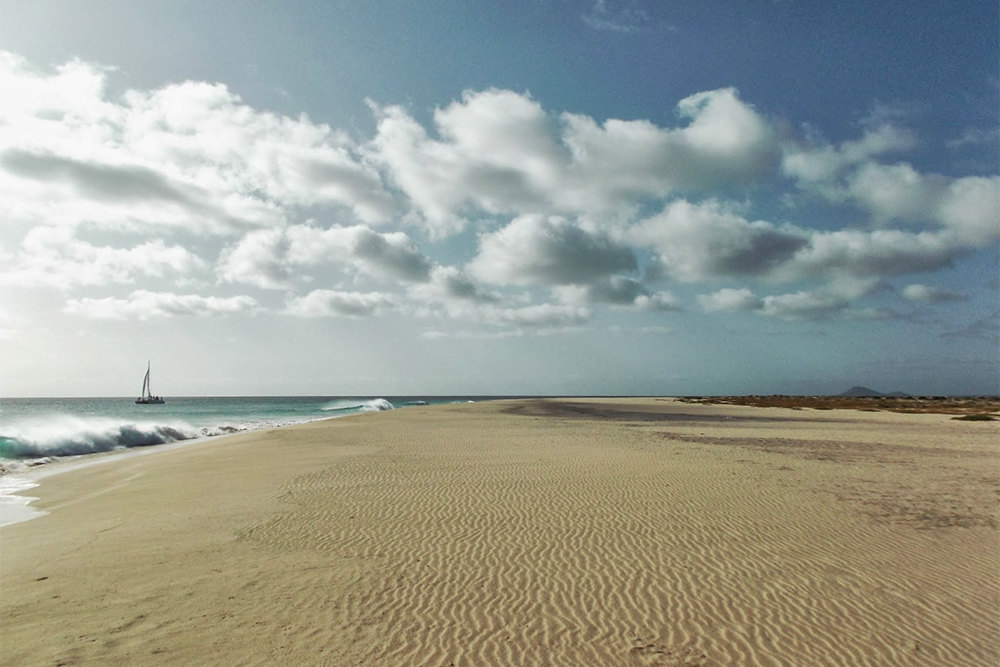
The rooms are okay, they even have a pool, and the staff is really lovely and helpful.
You’re not on the beach, but you’ll get there in under five minutes. In another five minutes, you’ll get to all the points of interest such as bars, restaurants, and shops.
So if you’re looking for an unspectacular, clean, and comfortable room to rest between days on the beach and trips across the island, that’s the place for you.
Get more details, check out availability, and the rates at the Hotel Pontao *
In case this hotel is booked out, you can look for other suitable accommodation options on Expedia*:
Where to eat
There are many restaurants catering mainly to foreign tourists. A rather authentic place in a great setting – overlooking the beach – is Restaurant D’Angela. Here you can enjoy fresh seafood as well as other Cape Verdean dishes.
Restaurant d’Angela
R. 15 Agosto
Phone: + 238 – 242 13 62
They are open every day from 10:30 a.m. to 11:30 p.m.
What to See
I’m an avid solo-travelling woman. Since solo travel doesn’t equal solitude, I love to join organized tours here and there. They allow me to meet fellow travellers – for just a short moment or a lifelong friendship.
Therefore, here are some great ideas of what to do during your stay on the island of Sal. Exploring the island with a qualified guide will help you make the best of your stay – especially if you are planning on also exploring some of the remote places*:
Money
Another remnant from the Portuguese colonial times is the name of the local currency, which is called, just like in Portugal, until the installment of the €uro – Escudo, respectively Escudo de Cabo Verde, abbreviated CVE. For one US$, you get 99 CVE, and for one €uro, 110 CVE as of July 2025. You can check the current rate here.
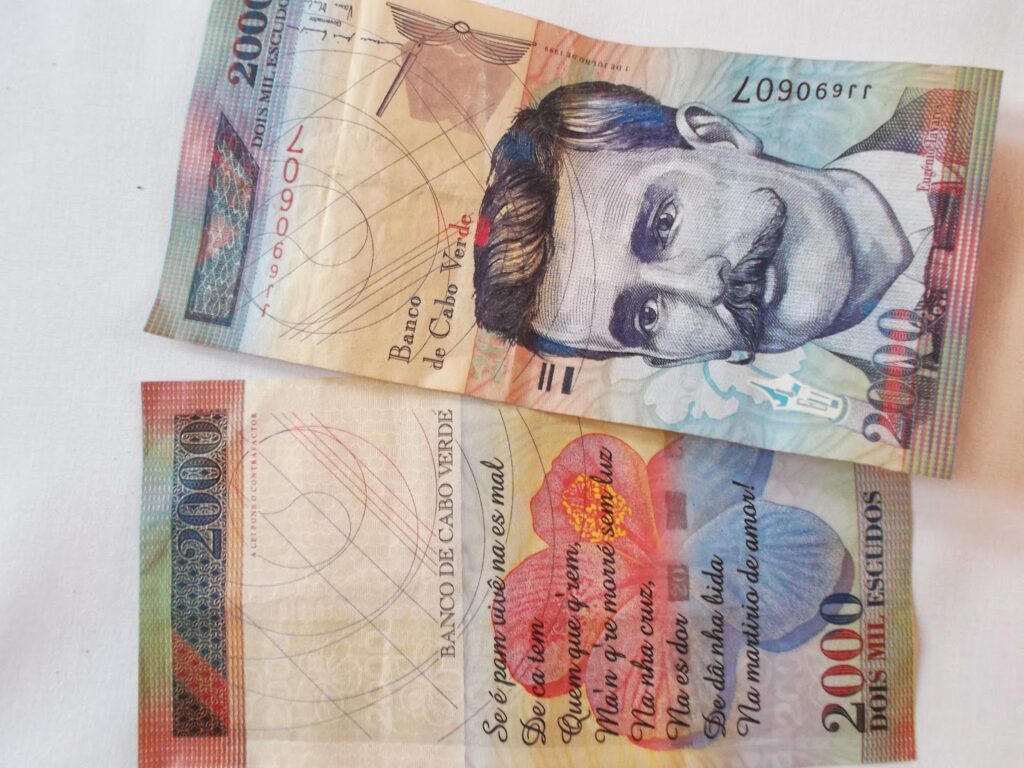
Credit cards are not as widely accepted as they are in Europe or Asia. Even some small guest houses take only cash. Some businesses add a small percentage if you pay by credit card, which can become quite high if you pay, for instance, for a couple of nights at a hotel.
There are ATMs on the Island of Sal, so you won’t have a problem getting cash.
Some businesses even accept €uros, however, there usually is a disproportionate surcharge. Pre-payment of hotels, for instance, is therefore advisable.
Language
As Cape Verde used to be a Portuguese colony, the official language is Portuguese, but people speak Crioulo. This is a local patois and, like many dialects, differs a tiny bit even from island to island.
People do speak some English and French. However, it is certainly helpful to have some basic knowledge of the local language.
Before my trip, I’d practiced using babbel. The first lesson is free and supplies you with the most important words to interact with people.
Do you want to read about all the other beautiful islands I’ve visited in Cape Verde? Then go to the main post and take your pick!
Pinnable Pictures
If you choose to pin this post for later, please use one of these pictures:
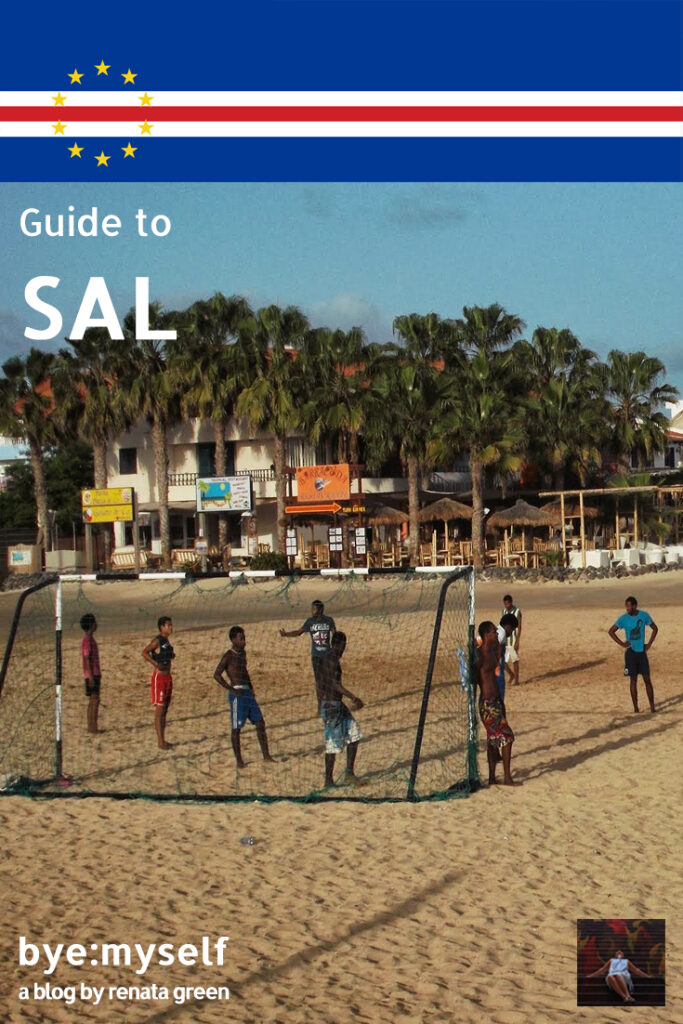

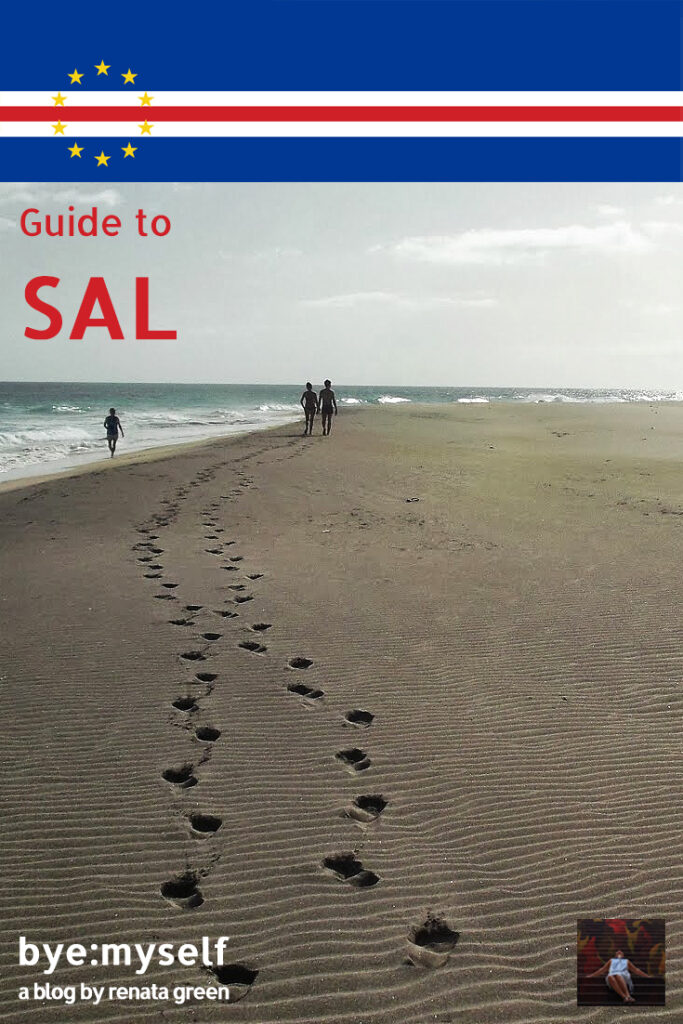
Did You Enjoy This Post? Then You Might Also Like These:
Guide to BRAVA, Cape Verde ‘s Blooming Little Island
CAPE VERDE – a guide to five amazing islands
Guide to FOGO, Cape Verde ‘s Most Varied Island
Guide to BOA VISTA, the World’s Most Attractive Heap of Sand
Guide to SAL – from Salt Mine to Coastal Paradise
Guide to SANTIAGO – Cape Verde ‘s Main Island
Note: I am completing, editing, and updating this post regularly – last in July 2025.
* This is an affiliate link. If you do book through this page, not only do you get the best rate, but I’ll receive a small commission without any extra cost for you that helps me run this blog.
